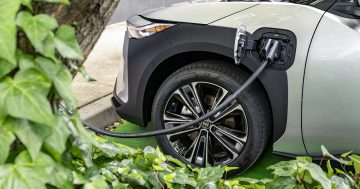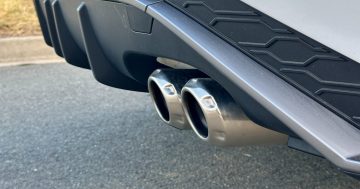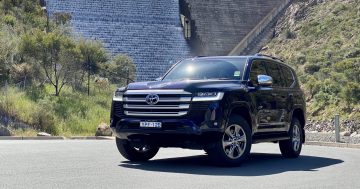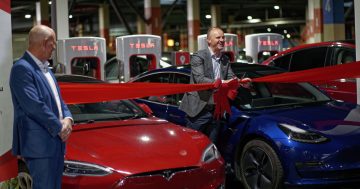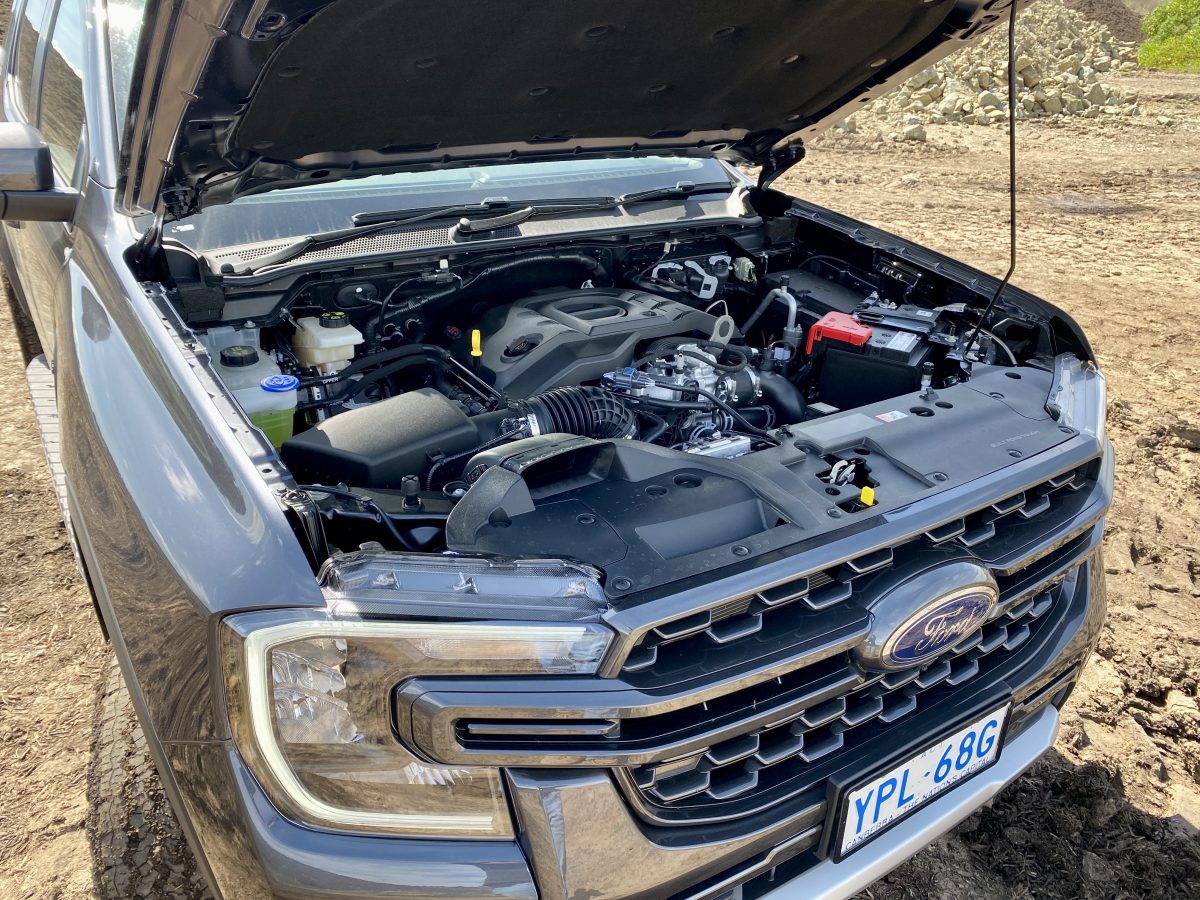
The Ford Ranger is Australia’s best-selling new car, but the current 4×4 model blew the nitrogen oxide lab limit by 26 per cent. Photo: James Coleman.
The diesel-powered Ford Ranger and the 4×2 and 4×4 versions of the Isuzu D-Max have been busted emitting more noxious fumes than Australian design rules allow in the latest tranche of real-world tests by the Australian Automobile Association (AAA).
At the moment, new cars sold in Australia must wear a sticker on the windscreen issued by the Federal Government’s ‘Green Vehicle Guide’.
This sticker includes figures on average fuel consumption (in litres per 100 km) and carbon dioxide (CO2) emissions (in grams per kilometre), normally based on tests in laboratories overseas.
If you live in the ACT, the CO2 figure is used to calculate your vehicle registration fee under the new emissions-based system.
But, in 2015, when Volkswagen revealed how these emissions tests could be cheated in what’s been dubbed ‘Dieselgate’, the government looked for a way to test these lab figures.
The AAA received a $14 million grant in 2022 to test up to 200 cars, SUVs and utes (including electric vehicles) over a four-year ‘Real-World Testing Program’.
Under the rigorous regime, the cars are fitted with special testing equipment and driven along a loop in and around Geelong, Victoria, to see if they can match the fuel consumption and emissions figures displayed on the Green Vehicle Guide sticker on the windscreen.
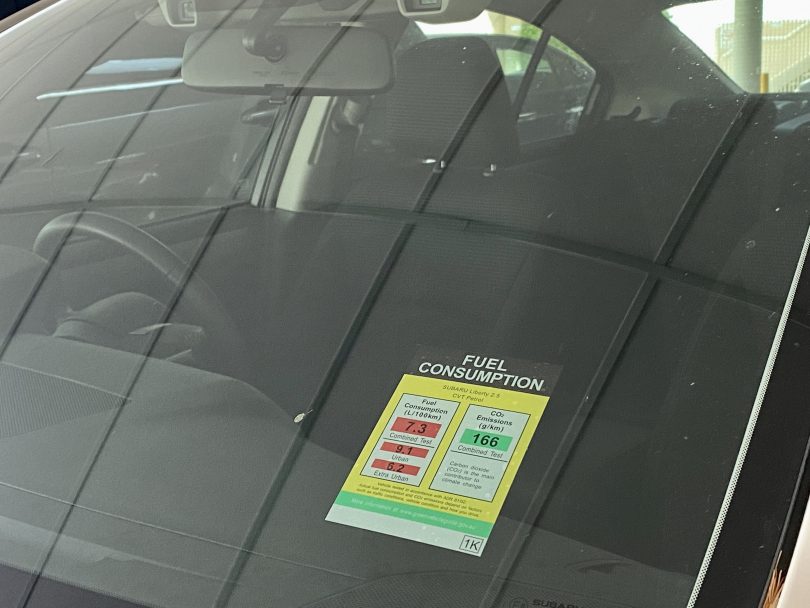
Fuel consumption figures for the Subaru Liberty. But are they really? Photo: James Coleman.
The program is now one year and 58 vehicles in, and the AAA has confirmed what we’ve always suspected.
Some of the cars consumed as much as 31 per cent more fuel in real-world conditions than in the mandatory lab tests.
In the latest tranche alone, 15 cars across a range of classes consumed as much as 7 per cent more fuel than reported in lab testing, while five consumed less fuel on the road than in the lab.
The worst offenders were the Toyota Corolla Cross Hybrid (fuel consumption 7 per cent higher than the lab test), the Isuzu D-Max dual-cab ute (6 per cent for the 4×4 version and 5 per cent for the 4×2), and the Toyota Kluger Hybrid (4 per cent).
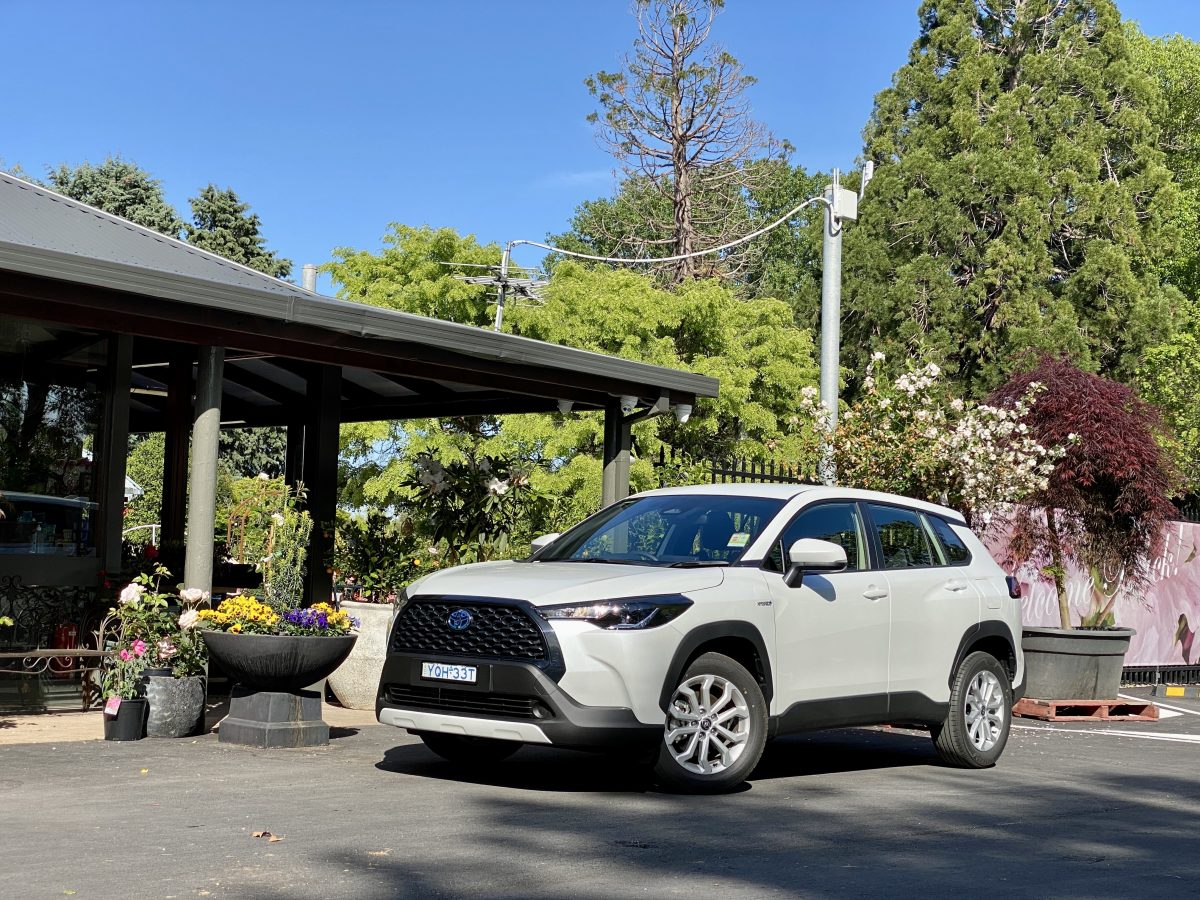
The Toyota Corolla Cross’ fuel consumption in the real world was 7 per cent worse than the lab test’s result. Photo: James Coleman.
On the other hand, the Audi Q3, Hyundai Tucson, Subaru Forester and Kia Carnival recorded lower fuel consumption in the real world.
Perhaps more concerningly, 21 of the 58 vehicles tested so far produced on-road emissions that exceeded current or upcoming Australian regulatory lab limits for toxic tailpipe emissions.
The current-model Ford Ranger 4×4 ute blew the nitrogen oxide (NOx) lab limit by 26 per cent, while the Isuzu D-Max 4×2 ute from 2023 and 4×4 ute from 2024 exceeded the limit by more than 50 per cent.
To put that another way, the current lab limit for light commercial vehicles is currently 280 mg/km of NOx, where the Ranger recorded 353 mg and the Isuzu between 429 and 441 mg.
And this limit will drop to 125 mg/km of NOx from December 2025 under new design rules.
“We can now say with confidence that while some vehicles produce fuel consumption and emissions in line with lab tests reported by carmakers, many do not. That can have a real impact on consumers and fleet buyers,” AAA managing director Michael Bradley said
“If people rely on the lab tests, they could end up with a car that costs more to run or is dirtier than they expected.
“The results raise a question for regulators about whether car dealerships should be required to reveal real-world testing results to consumers at point of sale.”
Still, the results are better than the last time AAA conducted such tests.
A similar test of 30 vehicles in 2017 revealed only three achieved similar fuel consumption results to their lab tests, and 11 of the 12 diesel vehicles tested exceeded the lab’s noxious emissions limits.
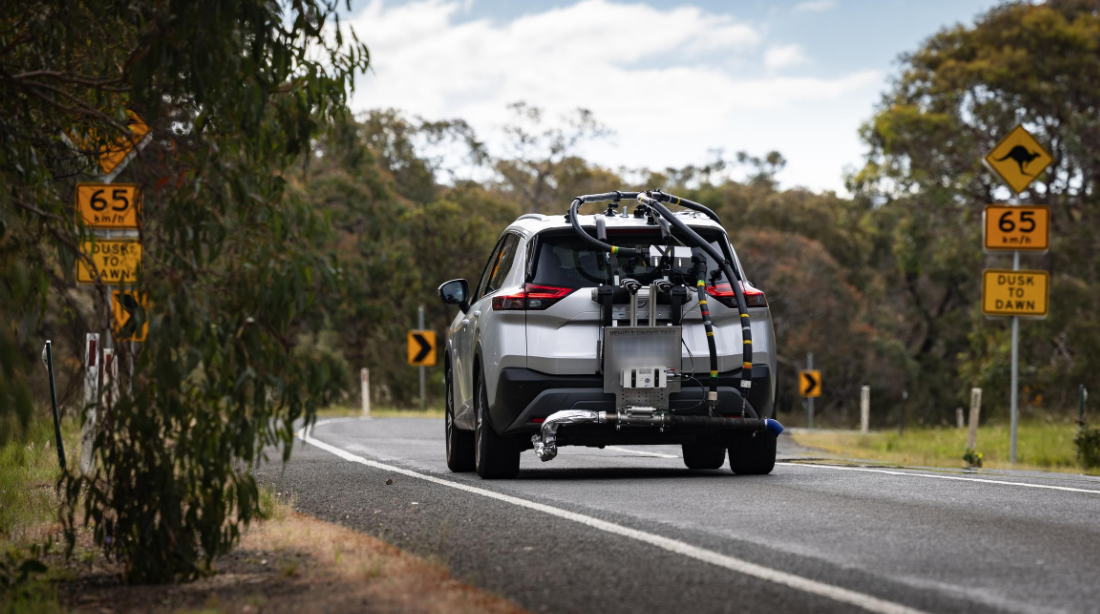
Testing the real-world fuel consumption and CO2 emissions of the Nissan X-Trail. Photo: Australian Automobile Association (AAA).
The New Vehicles Efficiency Standard (NVES) comes into effect on 1 January 2025 and will crack down on CO2 figures by incentivising each car supplier to meet or beat a set g/km target for all new cars they produce.
Other noxious emissions (such as carbon monoxide, hydrocarbons, oxides of nitrogen and particulates) will fall under new Australian Design Rules for light vehicles from December 2025 for new models and July 2028 for existing models.
The current real-world testing project is largely about information gathering for now, so whether there will be changes to the figures published by the Green Vehicle Guide is still unclear (or what effect this will have on ACT registration fees).
So far, Mr Bradley said the world-first program had tested enough cars to arm consumers with information “before they even visit a car yard”.
“If you are buying a small car, for example, we’ve now tested eight small car models from different manufacturers, giving consumers a chance to understand real-world fuel consumption and emissions before they buy.”
The full list of tested cars is available on the Real World Testing Program website.













